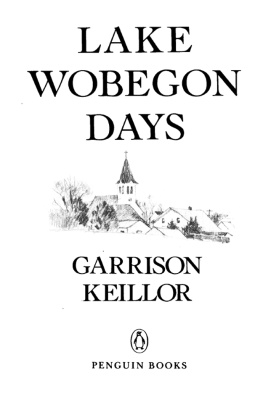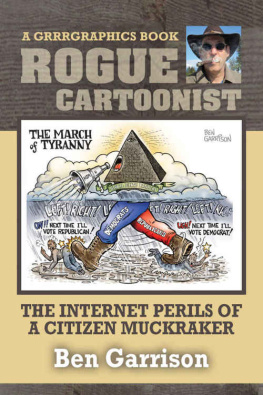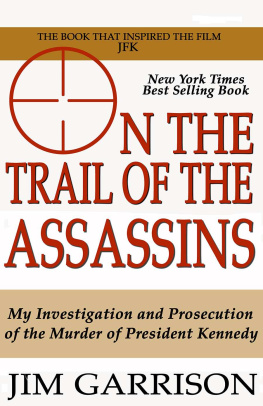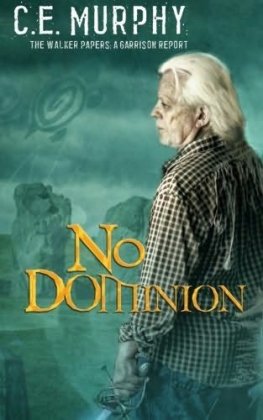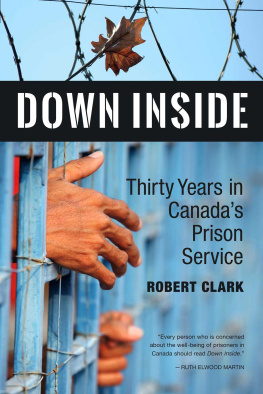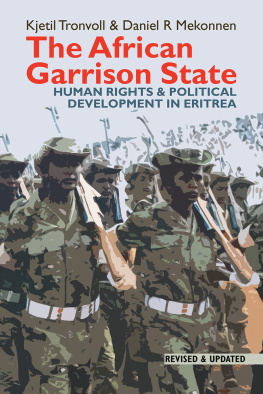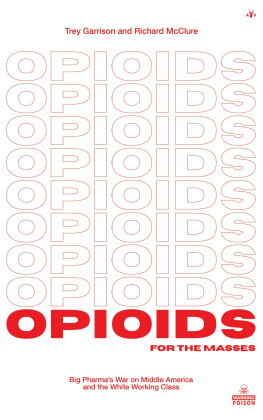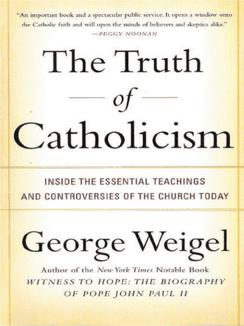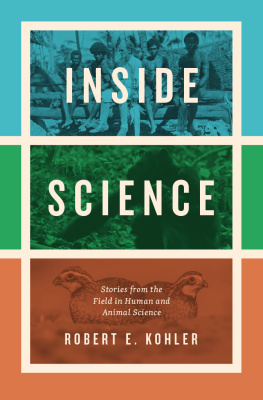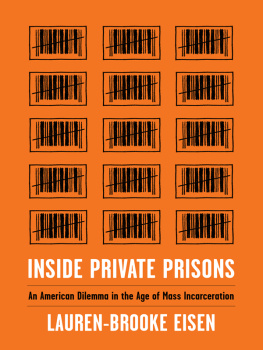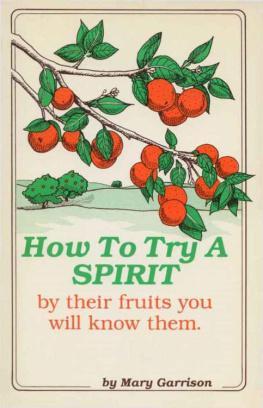Human on the inside
Human on the inside
unlocking the truth
about canada's prisons
gary garrison

2014 Gary Garrison
All rights reserved. No part of this work covered by the copyrights hereon may be reproduced or used in any form or by any means graphic, electronic, or mechanical without the prior written permission of the publisher. Any request for photocopying, recording, taping or placement in information storage and retrieval systems of any sort shall be directed in writing to Access Copyright.
Printed and bound in Canada at Marquis.
Cover design: Duncan Campbell, University of Regina Press.
Copy editor: Anne James.
Text design: John van der Woude Designs.
Cover photo: "Prisoner in old Jail" by Lou Oates / iStockphoto
Library and Archives Canada Cataloguing in Publication
10 9 8 7 6 5 4 3 2 1

University of Regina Press, University of Regina
Regina, Saskatchewan, Canada, S4S 0A2
tel: (306) 585-4758 fax: (306) 585-4699
web: www.uofrpress.ca
The University of Regina Press acknowledges the support of the Creative Industry Growth and Sustainability program, made possible through funding provided to the Saskatchewan Arts Board by the Government of Saskatchewan through the Ministry of Parks, Culture, and Sport. We also acknowledge the financial support of the Government of Canada through the Canada Book Fund and the support of the Canada Council for the Arts for our publishing program. This publication was made possible through Culture on the Go funding provided to Creative Saskatchewan by the Ministry of Parks, Culture and Sport.

This book is dedicated to the staff and volunteers of Mennonite Central Committee Alberta and its affiliates, mcc Canada and mcc usa .
If only there were evil people somewhere insidiously committing evil deeds and it were necessary only to separate them from the rest of us and destroy them. But the line dividing good and evil cuts through the heart of every human being. And who is willing to destroy a piece of his own heart?
Aleksandr Solzhenitsyn, The Gulag Archipelago
contents
acknolwedgements
To staff of Mennonite Central Committee Alberta: Gord Hutchinson, Tom Brownlee, Moira Brownlee, Elly Klumpenhouwer, Janet Anderson, Kae Neufeld, Don Stoesz, Ken From, Abe Janzen, Suzanne Gross, Melanie Weaver, and Peter Worsley. I am grateful to all of you for your friendship, camaraderie, collegiality, and support. I am grateful as well to all other mcc Alberta staff, volunteers, and donors and to the Mennonite community that nurtures and lives the Mennonite culture of social justice and peacemaking.
Chaplain Sr. Elizabeth Coulombe and I started this book during a conversation over lunch at Edmonton Institution, the Max. I am grateful to her and to other chaplains at the Max and at Bowden Institution who supported me at various stages of my prison work, even if their help wasnt directly related to this book: Oliver Johnson, Paul Vanderham, Don Stoesz, Hardy Engler, Thelma Pelletier, and Teresa Kellendonk.
Three people I interviewed and can thank by name are Roy Chudek, Sarah Salter-Kelly, and Moira Brownlee. I am also deeply grateful to everyone else I interviewed and cannot name, and to all prisoners, staff, victims, and their families, and to everyone involved in the criminal justice system who does his or her best to make our communities safer.
The volunteers I met and worked with could have easily chosen to spend their time at home with their families, taking in sports or cultural events, dancing, or walking in the park instead of going into prisons. I honour you for your choice to befriend prisoners you had never met, even though you might never know what impact your visits had on the prisoners.
To Linda Goyette, Jocelyn Brown, Margaret Macpherson, and Jason Lee Norman, writers-in-residence who helped me at various stages of the project, from the books early stages to finding a publisher. To Alice Major, the Living Room Poetry Collective, the Edmonton Stroll of Poets Society, and all my other friends who helped me become a better writer.
To David McLennan and everyone at the University of Regina Press who read the manuscript, decided to publish it, and worked with me to get it into its final form.
To my mother and all the other members of my family, especially Sara, who encourage me to keep moving forward.
abbreviations
avp : Alternatives to Violence Project
cosa: Circles of Support and Accountability
csc: Correctional Service of Canada (also referred to as Corrections Canada)
d&s: Detention and Segregation, the part of a prison where prisoners are kept in isolation from others, either for punishment or for their own protection; sometimes referred to by people outside the system as solitary confinement
fasd: Fetal Alcohol Spectrum Disorder
m2w2: Man-to-Man, Woman-to-Woman; a prison visitation program, operated in Alberta by the Mennonite Central Committee
mcc : Mennonite Central Committee
p2p: Person-to-Person, a prison visitation program in Saskatchewan, operated by mcc Saskatchewan
Pop: General population, all of the prisoners in a prison except for those in Detention and Segregation, or Protective Custody
shu: Special Handling Unit or super max unit, one security level higher than a max
tru: Transfer and Release Unit (at the Max, this refers to Protective Custody units, since the Max has had no bona fide Transfer and Release Unit for many years)
introduction
Nothing in life is to be feared, it is only to be understood.
Now is the time to understand more, so that we may fear less.
Marie Curie
C stumbles across the scene of an accident: a crumpled van, blood, and bodies strewn across the highway. C has basic first aid, but hes frozen and helpless in the middle of all the twisted metal, gore, screams, and agony. His best friend dies in his arms. Two other friends are dead too. Five others he knows lie there with broken necks, arms, and legs. For a week C drinks to blot out the memory. He doesnt even know hes killed somebody until the police come to arrest him.
Ks parents are always drunk. K sees them throw chairs, tables, bottles, and each other through the windows of their house so often he thinks thats how relationships work. When hes eight, he sees his aunt back a car over his mother in the driveway. He remembers watching her shift into drive and run over his mother again to make sure shes dead.
Ss mother is a drug addict. Hes beaten and sexually assaulted by his mothers boyfriends. Starting at age seven, he frequently runs away from home, lives on the street, and parties with older friends. Hes in and out of the young offenders centre and group homes. Once hes out of elementary school, he does break and enters and steals cars to support himself and to buy drugs and booze. After he gets his first federal sentence, he slashes his arms, not to kill himself but for the high the pain gives him.
H holds off taking drugs until grade nine, despite pressure from friends. Once hes into the drug scene, he experiments with lsd when his depression becomes extreme. He kills his sister instead of himself simply because she happens to be there.


